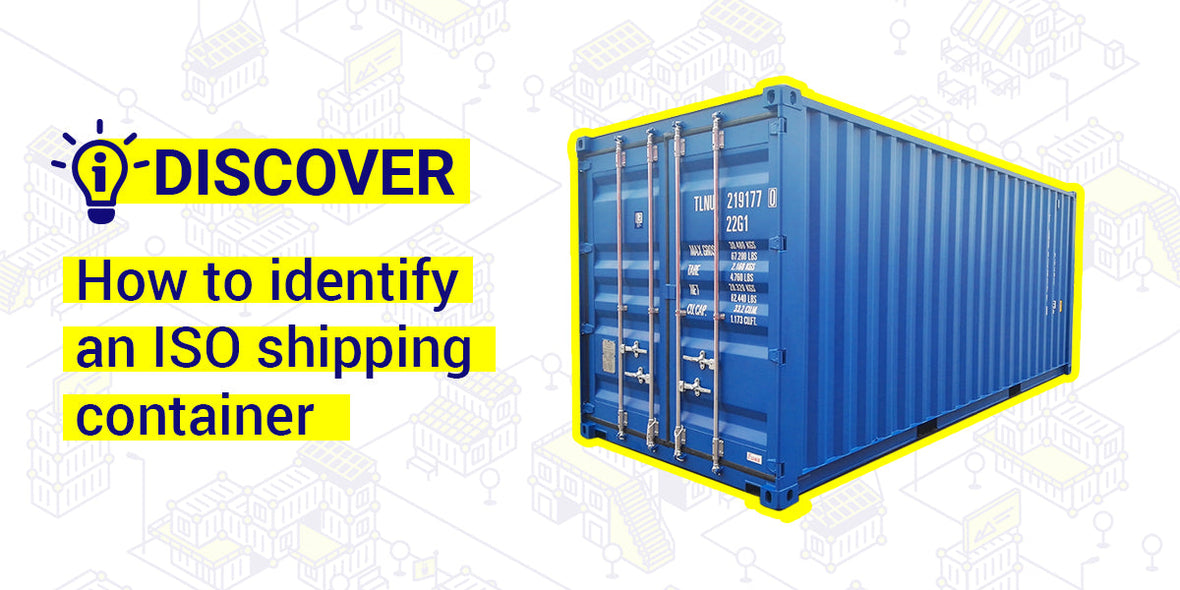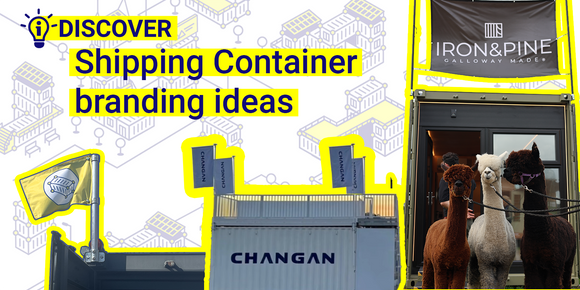
How to Identify an ISO Shipping Container
How do I know if my shipping container is ISO standard?

The easiest way to recognise if your shipping container is made to ISO standards is to look at the markings. If it’s an ISO container it will have a 4 digit code printed on the top right hand corner of the door as you look at it from the outside. The same number will also appear on the top right hand corner of the side of the container under the container number.
Want to convert your shipping container?
Check our new guide:
Shipping Container Cladding
What is an ISO code and what do they mean?
In 1995 there was an ISO agreement concerning container marking codes to depict the length, height and type of container in an easy to read sequence. All ISO codes are 4 characters long and consist of:
- The first character which signifies the length of the container. 2 = 20ft, 4 = 40ft
- The second character which denotes the height and width of the shipping container
- The 3rd and 4th characters which provide information on the type of shipping container and characteristics such whether the container has extra doors or ventilation
Shipping containers usually also have an identification code found above the ISO code which consists of:
- The owner prefix (BIC code): three capital letters to indicate the owner or principal operator of the container
- The equipment category identifier: one capital letter as follows:
U for all freight containers
J for detachable freight container-related equipment
Z for trailers and chassis
- The serial number: six numbers provided by the owner or operator
- The check digit: one number providing a means of validating the recording and transmission accuracies of the owner code and serial number
What if my container has been painted?

If your container has been painted and the markings are no longer visible, you can check the corner castings to help decipher whether it is an ISO container or not. Corner castings are found on all eight corners of an ISO 6346 shipping container. They have three holes, one in each side of the outward facing surfaces of the casting; the bottom castings have two stadium shaped holes on two sides (plus a large stacking hole underneath), the top castings have a stadium hole on the long side of the container, and a shield hole on the front or rear end of the container.
There are various other types of corner fitting found on containerised units, which to the untrained eye may look the same or similar to an ISO container such as the image above. Checking the thickness of the steel at the stadium hole can help, if it is thin, anything less than about 18mm, then it is most likely not an ISO corner casting.

If you are still unsure about this, please email us with pictures of your container and we will do our best to let you know.
For more ingenious container solutions, useful information and offers delivered direct to your inbox, sign up to our information email 📨 or subscribe to our YouTube channel 📺





